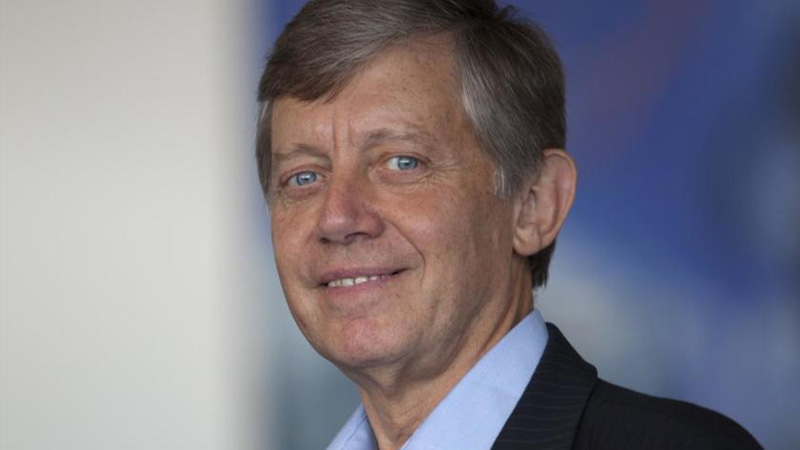SMSF expert highlights key contribution strategies for 2022
A technical expert has highlighted some key contribution strategies that clients may want to consider as they plan for the year ahead.
In an online article, SuperConcepts executive manager (SMSF technical and private wealth) Graeme Colley said when it comes to superannuation, deciding on new year resolutions may be a little more difficult than usual.
“There’s a federal election in the melting pot, some of this year’s super legislation is sitting in Parliament and we still need to keep planning for retirement,” said Mr Colley.
Mr Colley said there are still plenty of contribution strategies that can be considered by SMSF professionals and their clients that are not subject to political uncertainty, however.
Contribution splitting
Contribution splitting can allow a person to split concessional contributions to their spouse, explained Mr Colley.
“To qualify, the split to the person’s spouse can take place if they are under preservation age, currently 58 years of age, or between preservation age and 65 years old if they have not retired,” he said.
“Concessional contributions include the employer’s super guarantee contributions, salary sacrifice contributions and personal deductible contributions. It is possible to split up to 85 per cent of the person’s concessional contributions or up to their concessional contributions cap which has been explained previously.”
The general rule, Mr Colley said, is that the splitting of the concessional contribution to the person’s spouse takes place in the financial year after it was made to the fund.
“Concessional contributions made in the 2020-21 financial year will usually be split in the 2021-22 financial year. This member is required to make an election that informs the trustees of the amount to be split,” he explained.
However, for anyone who is rolling over or transferring the whole of their super to another fund, withdrawing all of their super as a lump sum, or a combination of the two, the election and split must be made prior to any of these events taking place, which may occur in the year in which the concessional contributions were made to the fund, he said.
Recontribution strategies
Mr Colley reminded SMSF professionals that a recontribution strategy could be used once a fund member meets a condition of release of retirement or when they reach age 65, whichever occurs first.
“It involves a withdrawal of a lump sum and recontributing the amount withdrawn back to the fund as a non-concessional contribution,” he said.
“The strategy has been used for many years and can have some estate planning benefits if a taxable pension is paid to a member or death benefits will be paid ultimately to adult children.”
Where a person has a total super balance of less than $1.7 million, Mr Colley said it is possible to recontribute amounts withdrawn from super back to the fund as non-concessional contributions.
“The effect of the recontribution strategy is able to reduce the amount of tax an adult child is required to pay on the death of a parent if they receive a super payment,” he said.
Making extra contributions
Mr Colley said clients should also consider whether to make additional contributions to their superannuation fund in order to get the benefit of compounding returns.
“A relatively small increase in contributions, especially when a person is young, can make a real difference to the amount accumulated by the time retirement arrives,” he said.

Miranda Brownlee
Miranda Brownlee is the deputy editor of SMSF Adviser, which is the leading source of news, strategy and educational content for professionals working in the SMSF sector.
Since joining the team in 2014, Miranda has been responsible for breaking some of the biggest superannuation stories in Australia, and has reported extensively on technical strategy and legislative updates.
Miranda also has broad business and financial services reporting experience, having written for titles including Investor Daily, ifa and Accountants Daily.








